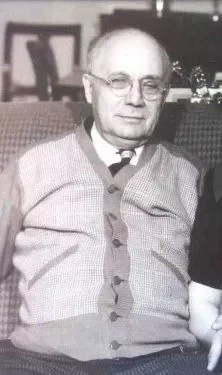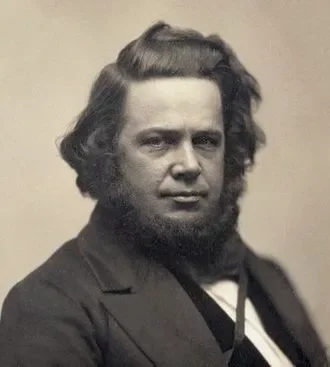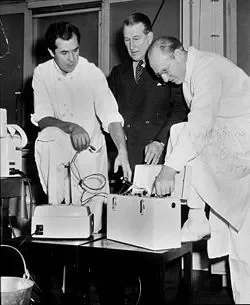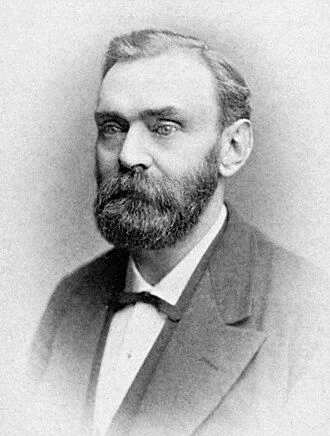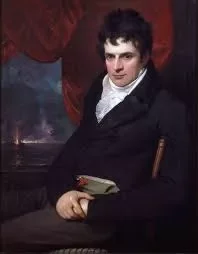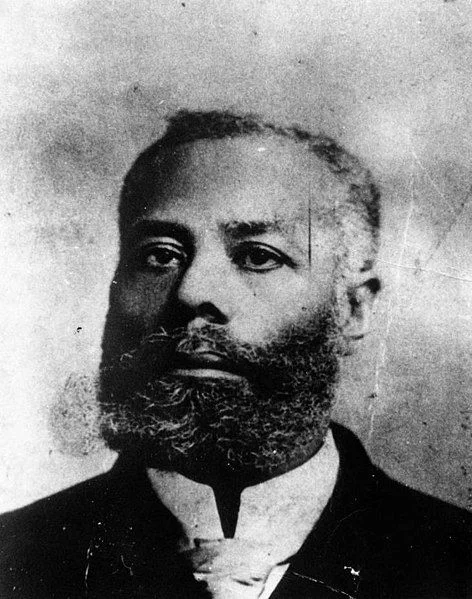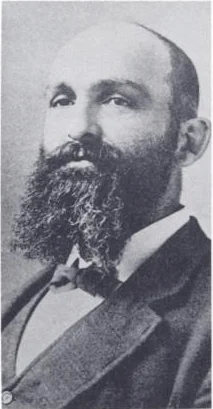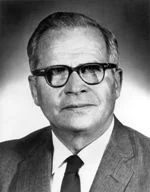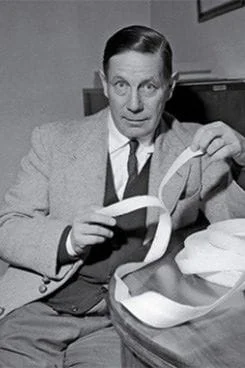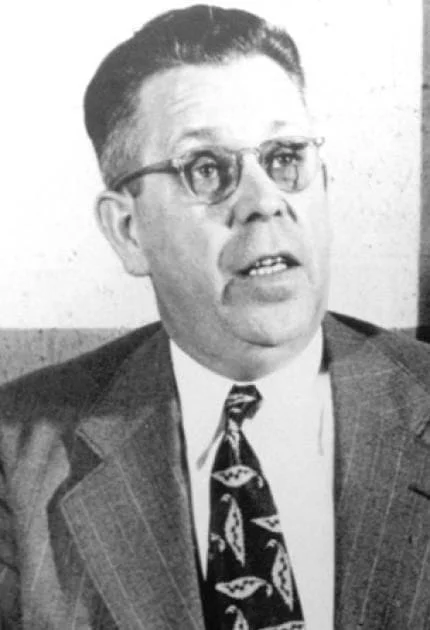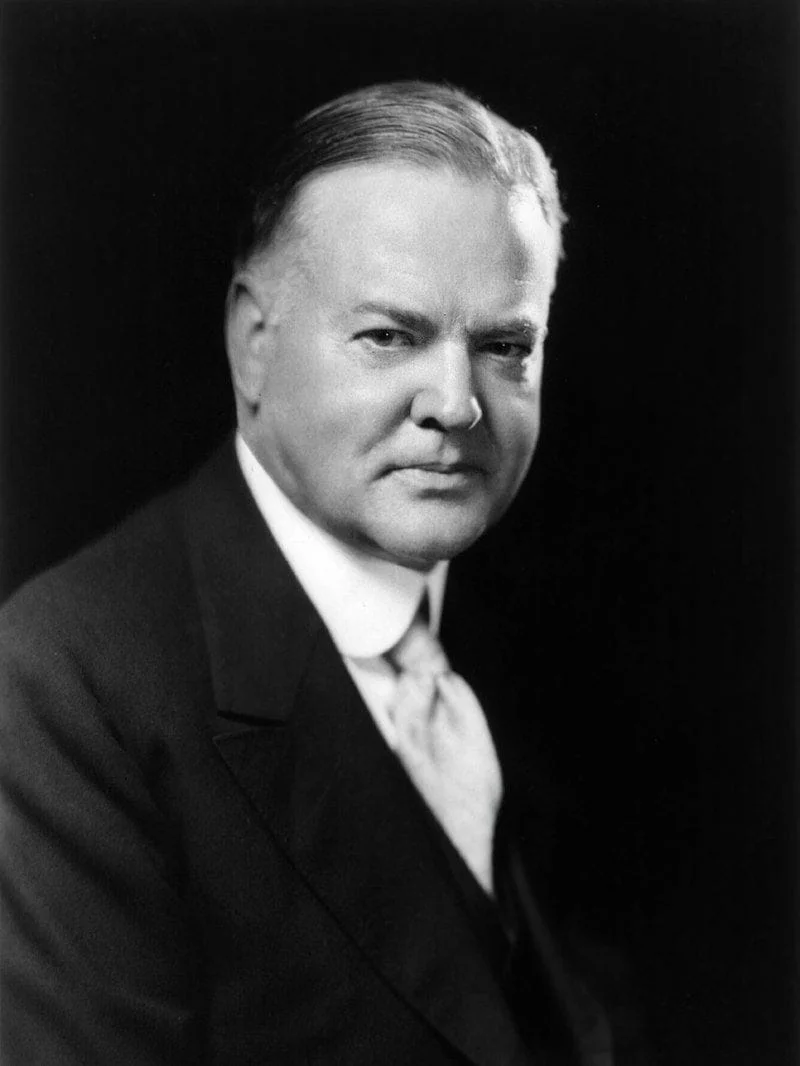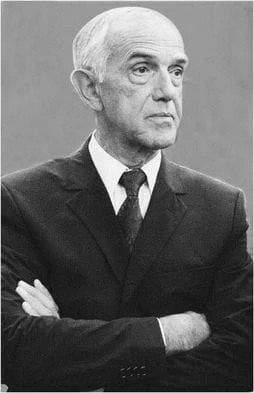Real Celebrities Never Die!
OR
Search For Past Celebrities Whose Birthday You Share

source:wikipedia.org
Auguste Lumiere
Birthday:
19 Oct, 1862
Date of Death:
10 Apr, 1954
Cause of death:
Not specified
Nationality:
French
Famous As:
Engineer
Age at the time of death:
91
Early Life and Influences
Auguste Lumière, a pioneering figure in the history of cinema, was born on October 19, 1862, in Besançon, France. He, along with his brother Louis Lumière, played a pivotal role in the development and popularization of early cinematography. Auguste Lumière’s film contributions extend beyond his inventions.
Auguste’s early life was marked by a profound curiosity and a keen interest in science and technology. Auguste was exposed to visual imagery through his father’s photography business. Auguste’s family influenced his cinematic pursuits.
Invention of the Cinématographe
In 1895, Auguste Lumière, alongside his brother Louis, achieved a groundbreaking milestone in cinematic history. The Lumière brothers invented the Cinématographe, a device for capturing and screening films. On December 28, 1895, cinema was born with the first public film screening at the Grand Café in Paris.
Revolutionizing Filmmaking
The Lumière brothers’ invention revolutionized the entertainment industry, captivating audiences with the magic of moving pictures. “Arrival of a Train at La Ciotat” and “Workers Leaving the Lumière Factory” astounded viewers with their revolutionary realism. Auguste Lumière’s innovations revolutionized filmmaking in the late 19th and early 20th centuries.
Further Contributions to Cinema
Professionally, Auguste Lumière continued to contribute to the advancement of cinema. The Lumière brothers patented several improvements to their original Cinématographe, refining its design and functionality. In 1907, Auguste Lumière invented the Autochrome Lumière, which was an early color photography process.
Scientific Approach to Cinema
Even though the Lumière brothers made significant contributions to the film industry, they approached their inventions pragmatically. Auguste Lumière, specifically, saw cinema as more of a scientific accomplishment rather than a means of artistic expression. This perspective shaped the early trajectory of cinema, emphasizing its potential as a tool for documentation and observation.
Personal Life and Family
On a personal level, Auguste Lumière’s life reflected a balance between his scientific pursuits and his familial responsibilities. He married Marguerite Winckler in 1896, and the couple had two children. Auguste’s dedication to his family paralleled his commitment to advancing the field of cinematography. His ability to integrate personal and professional aspects of his life underscored the multifaceted nature of his character.
Auguste Lumiere's Quote's
Legacy and Impact
Auguste Lumière’s impact on the film industry continued to reverberate through the years. His pioneering work laid the groundwork for subsequent generations of filmmakers, shaping the very essence of cinematic storytelling. While he and his brother are often celebrated for their technical achievements, it’s essential to recognize Auguste Lumière’s role in fostering a medium that would go on to become one of the most influential forms of artistic and cultural expression.
Death and Lasting Legacy
Auguste Lumière passed away on April 10, 1954, leaving behind a legacy that transcends the confines of his era. His contributions to the world of cinema endure as a testament to the power of innovation and the ability to transform human experiences through the magic of moving images. The Lumière brothers’ Cinématographe remains a symbol of the transformative potential inherent in the marriage of science and art, forever etching Auguste Lumière’s name into the annals of cinematic history.
Name:
Auguste Lumiere
Popular Name:
Auguste Lumiere
Gender:
Male
Cause of Death:
Not specified
Spouse:
Place of Birth:
Besançon, France
Place of Death:
Lyon, France
Occupation / Profession:
Personality Type
Virtuoso Bold and practical experimenters, masters of all kinds of tools. His inventions are visible proof of his practical experimentation.
Auguste Lumière worked closely with his younger brother Louis Lumière throughout their careers.
The Lumière brothers are credited with creating the world's first cinematographic film titled "Workers Leaving the Lumière Factory" in 1895.
In addition to his contributions to cinema, Auguste Lumière made advancements in color photography. He co-invented the Autochrome Lumière, an early and commercially successful color photography process introduced in 1907.
He owned and operated the first x-ray machinery in France,
Star on The Hollywood Walk of Fame
